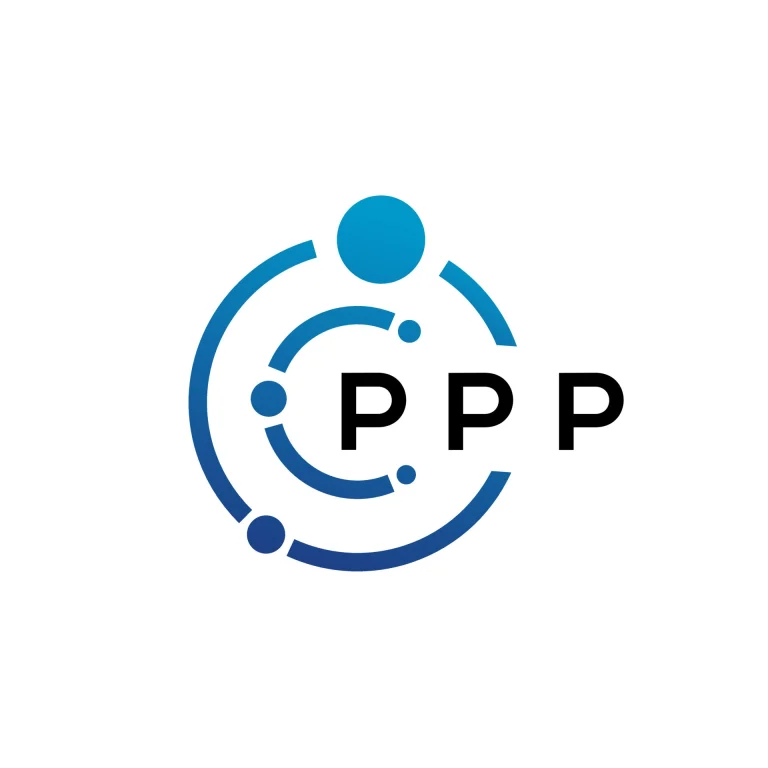PPP stands for “Public-Private Partnership.” It is a model that has been used in many countries worldwide to finance public infrastructure and services. It is a popular model because it allows governments to partner with the private sector to share risks and costs while delivering better quality services. In this article, we will explore the full form of PPP, its benefits, and its application in various industries.
What is the full form of PPP?
PPP stands for “Public-Private Partnership.” It is a model where the public sector and the private sector work together to deliver public infrastructure and services. The public sector provides the public infrastructure or services, and the private sector provides the financing, construction, and operation of the infrastructure or services.
PPPs have been used in various industries, including transportation, water and sanitation, healthcare, education, and housing.
Benefits of PPP
PPPs have numerous benefits, including:
- Cost-saving: PPPs reduce the financial burden on the government by sharing the risks and costs of a project with the private sector.
- Improved quality: The private sector brings expertise and innovation, which leads to improved quality and efficiency of services.
- Faster delivery: PPPs can accelerate the delivery of public infrastructure or services since the private sector is often faster at project delivery.
- Innovation: PPPs encourage innovation in infrastructure and service delivery, which can lead to new and improved services.
- Long-term investment: PPPs provide long-term investment in public infrastructure and services that may not be possible with traditional financing methods.
Application of PPP in various industries
Public-Private Partnership (PPP) is a mode of service delivery or infrastructure development where the government collaborates with the private sector to finance, build, and operate public infrastructure projects. PPP can be used in a variety of industries, including transportation, energy, telecommunications, healthcare, and education. Some of the applications of PPP are:
- Infrastructure Development: PPP is widely used for the development of infrastructure projects such as roads, bridges, airports, seaports, and railways. The private sector provides the necessary capital, technology, and expertise, while the government provides the necessary approvals, regulatory frameworks, and land.
- Healthcare: PPP can be used to provide healthcare services in areas where the government has limited resources. The private sector can invest in healthcare facilities, technology, and personnel, while the government can regulate and monitor the quality of services provided.
- Education: PPP can be used to improve the quality of education by providing better infrastructure, technology, and faculty. The private sector can invest in the construction of schools and colleges, while the government can regulate the quality of education provided.
- Energy: PPP can be used to develop energy infrastructure such as power plants and transmission lines. The private sector can invest in technology and equipment, while the government can provide regulatory support and access to land.
- Telecommunications: PPP can be used to develop telecommunications infrastructure such as fiber-optic networks and wireless towers. The private sector can invest in technology and equipment, while the government can provide regulatory support and access to land.
Conclusion
PPPs are an effective way to finance public infrastructure and services, and they have been used successfully in many countries worldwide. PPPs provide a cost-effective, innovative, and efficient way to deliver public infrastructure and services. They also provide long-term investment in public infrastructure and services that may not be possible with traditional financing methods. As the demand for public infrastructure and services continues to grow, PPPs will remain an essential tool for governments and the private sector to work together to deliver better quality services to the public.



0 Comments